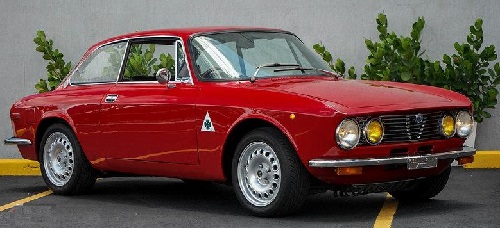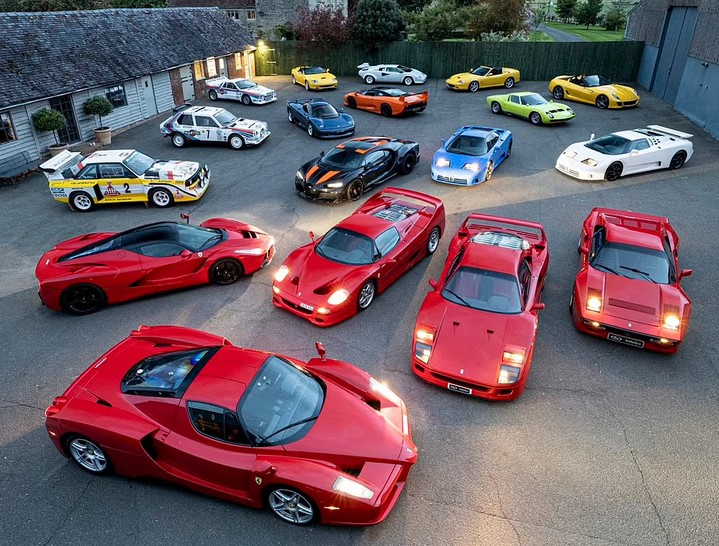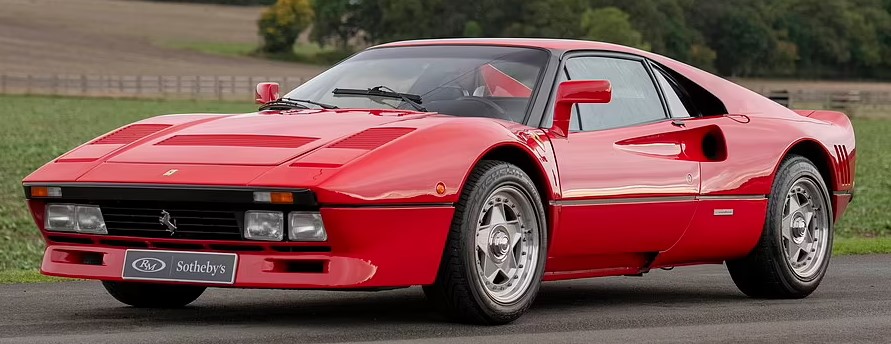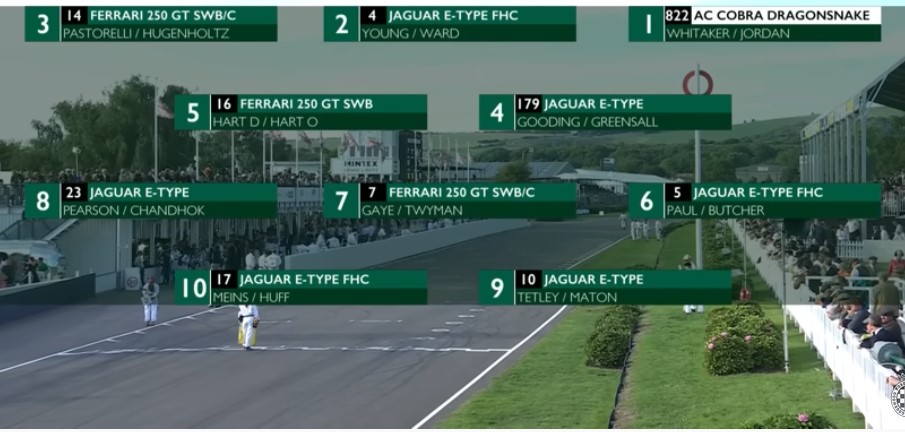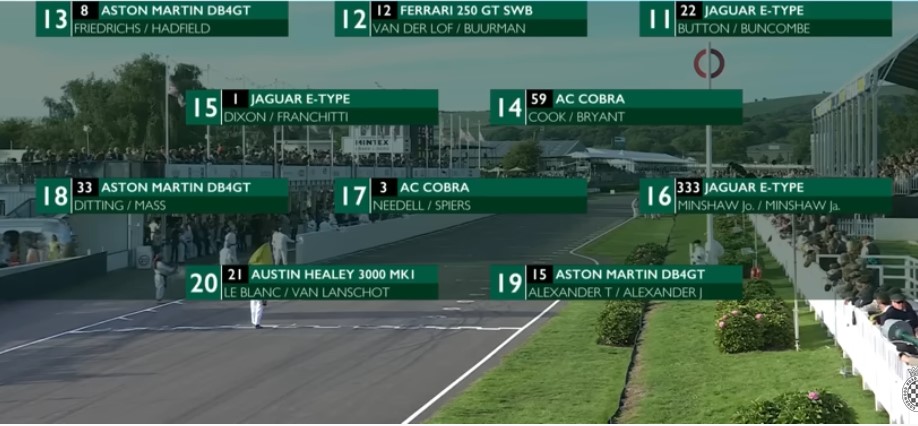What do you do when you realize that not everybody wants the latest ‘n greatest, with all sorts of shiny geegaws which add flash but no excitement?
Well, in the world of cars, it’s clear that there are a lot of people like me: people who are disinterested in the nanny electronics which purport to make the driver’s life “easier” and driving more “convenient”; except that such ease and convenience comes at the expense of driving control and enjoyment (not to mention bloated prices and happy auto manufacturers’ accountants).
And unlike me, it seems, there are a lot of people who have the money to indulge this preference (and yes, I am jealous), because you’re talking about cars which were great for the time they were made in, but which have deteriorated over the years (decades, even) and therefore just don’t work as well as they used to, or else just don’t work at all.
So how does one of these wealthy nostalgianistes (to coin an expression) go about acquiring, for example, a Mercedes 280 SL “Pagoda” model from the 1960s that isn’t a rustbucket and hasn’t been subjected to the violations of the part-time “restorers”?
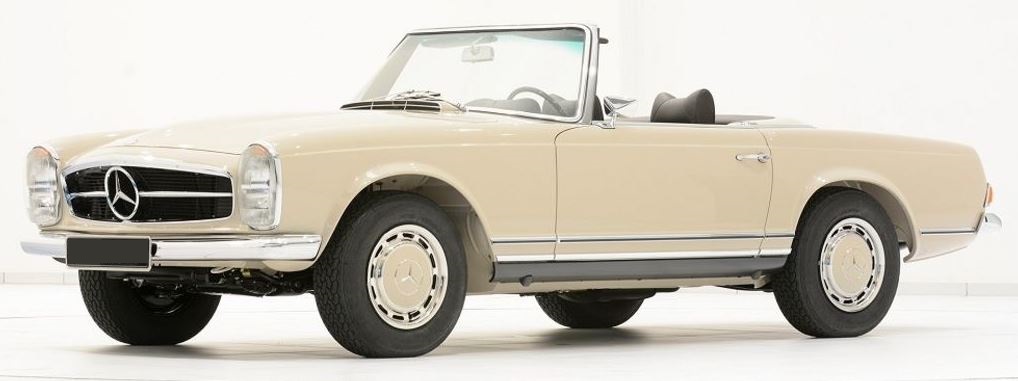
Well, you’re in luck because over in Germanland, the independent performance tinkerers at Brabus have expanded their operations from just making modern Mercedes cars into performance monsters, into an entire division which restores old Mercedes models back to their showroom condition. And here’s the story of Brabus Classics, which you should watch before moving on to the interactive part of this post, which is:
If you had the (stupid) money in the bank and the urge to own an older Mercedes car, which one would you order from these maniacs?
My choice is below the fold…

